Related Research Articles
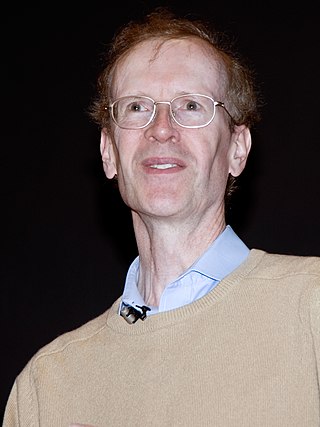
Sir Andrew John Wiles is an English mathematician and a Royal Society Research Professor at the University of Oxford, specialising in number theory. He is best known for proving Fermat's Last Theorem, for which he was awarded the 2016 Abel Prize and the 2017 Copley Medal by the Royal Society. He was appointed Knight Commander of the Order of the British Empire in 2000, and in 2018, was appointed the first Regius Professor of Mathematics at Oxford. Wiles is also a 1997 MacArthur Fellow.

Lars Valerian Ahlfors was a Finnish mathematician, remembered for his work in the field of Riemann surfaces and his textbook on complex analysis.

The American Mathematical Society (AMS) is an association of professional mathematicians dedicated to the interests of mathematical research and scholarship, and serves the national and international community through its publications, meetings, advocacy and other programs.

Oswald Veblen was an American mathematician, geometer and topologist, whose work found application in atomic physics and the theory of relativity. He proved the Jordan curve theorem in 1905; while this was long considered the first rigorous proof of the theorem, many now also consider Camille Jordan's original proof rigorous.

Richard Alfred Tapia is an American mathematician and University Professor at Rice University in Houston, Texas, the university's highest academic title. In 2011, President Obama awarded Tapia the National Medal of Science. He is currently the Maxfield and Oshman Professor of Engineering; Associate Director of Graduate Studies, Office of Research and Graduate Studies; and Director of the Center for Excellence and Equity in Education at Rice University.
Philip J. Davis was an American academic applied mathematician.

Thomas Francis Banchoff is an American mathematician specializing in geometry. He is a professor at Brown University, where he has taught since 1967. He is known for his research in differential geometry in three and four dimensions, for his efforts to develop methods of computer graphics in the early 1990s, and most recently for his pioneering work in methods of undergraduate education utilizing online resources.
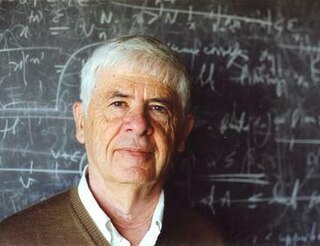
Alexandre Joel Chorin is an American mathematician known for his contributions to computational fluid mechanics, turbulence, and computational statistical mechanics.
Lipman Bers was a Latvian-American mathematician, born in Riga, who created the theory of pseudoanalytic functions and worked on Riemann surfaces and Kleinian groups. He was also known for his work in human rights activism.
Leslie Frederick Greengard is an American mathematician, physicist and computer scientist. He is co-inventor with Vladimir Rokhlin Jr. of the fast multipole method (FMM) in 1987, recognized as one of the top-ten algorithms of the 20th century.
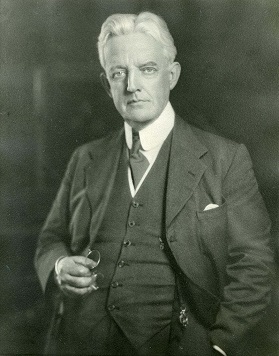
Raymond Clare Archibald was a prominent Canadian-American mathematician. He is known for his work as a historian of mathematics, his editorships of mathematical journals and his contributions to the teaching of mathematics.

Irwin Kra is an American mathematician, who works on the function theory in complex analysis.
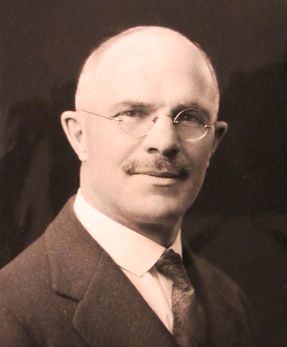
Virgil Snyder was an American mathematician, specializing in algebraic geometry.
James Gordon MacGregor, FRS FRSE LLD was a Canadian physicist. He was described as "brilliant, energetic, nervous, impatient", and not suffering fools gladly.

Hee Oh is a South Korean mathematician who works in dynamical systems. She has made contributions to dynamics and its connections to number theory. She is a student of homogeneous dynamics and has worked extensively on counting and equidistribution for Apollonian circle packings, Sierpinski carpets and Schottky dances. She is currently the Abraham Robinson Professor of Mathematics at Yale University.
Leslie Gordon Jaeger CM FCAE FEIC FCSCE FRSE was a distinguished British and Canadian academic and engineer.
Prof Archibald James Macintyre HFRSE (1908–1967) was a British-born mathematician.
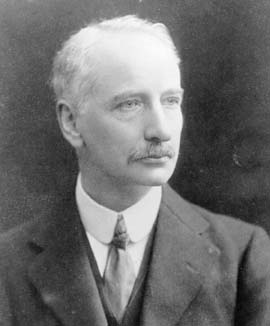
William Peddie FRSE LLD was a Scottish physicist and applied mathematician, known for his research on colour vision and molecular magnetism.

Jeffrey Farlowe Brock is an American mathematician, working in low-dimensional geometry and topology. He is known for his contributions to the understanding of hyperbolic 3-manifolds and the geometry of Teichmüller spaces.
Sergei Stepanovich Starchenko is a mathematical logician who was born and grew up in the Soviet Union and now works in the USA.
References
- ↑ Mitchell, Martha (1993). "Richardson, Roland G. D.". Encyclopedia Brunoniana. Providence, RI: Brown University Library. Retrieved 29 September 2022.
- 1 2 Archibald, Raymond Clare (1950). "R. G. D. Richardson, 1878-1949". Bulletin of the American Mathematical Society. 56 (3): 256–265. doi: 10.1090/S0002-9904-1950-09376-8 . Retrieved 29 September 2022.
- ↑ Reingold, Nathan (1981). "Refugee mathematicians in the United States of America, 1933–1941: Reception and reaction". Annals of Science. 38 (3): 313–338. doi:10.1080/00033798100200251.
- ↑ Abikoff, William; Sibner, Robert J. (2015). "Bers – From Graduate Student to Quasiconformal Mapper". In Keen, Linda; Kra, Irwin; Rodríguez, Rubí E. (eds.). Lipman Bers, a Life in Mathematics. American Mathematical Society. p. 57. ISBN 9781470420567.
- ↑ O'Connor, J.J.; Robertson, E.F. (November 2019). "Roland George Dwight Richardson". MacTutor History of Mathematics archive . Retrieved 29 September 2022.